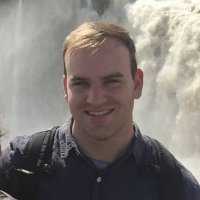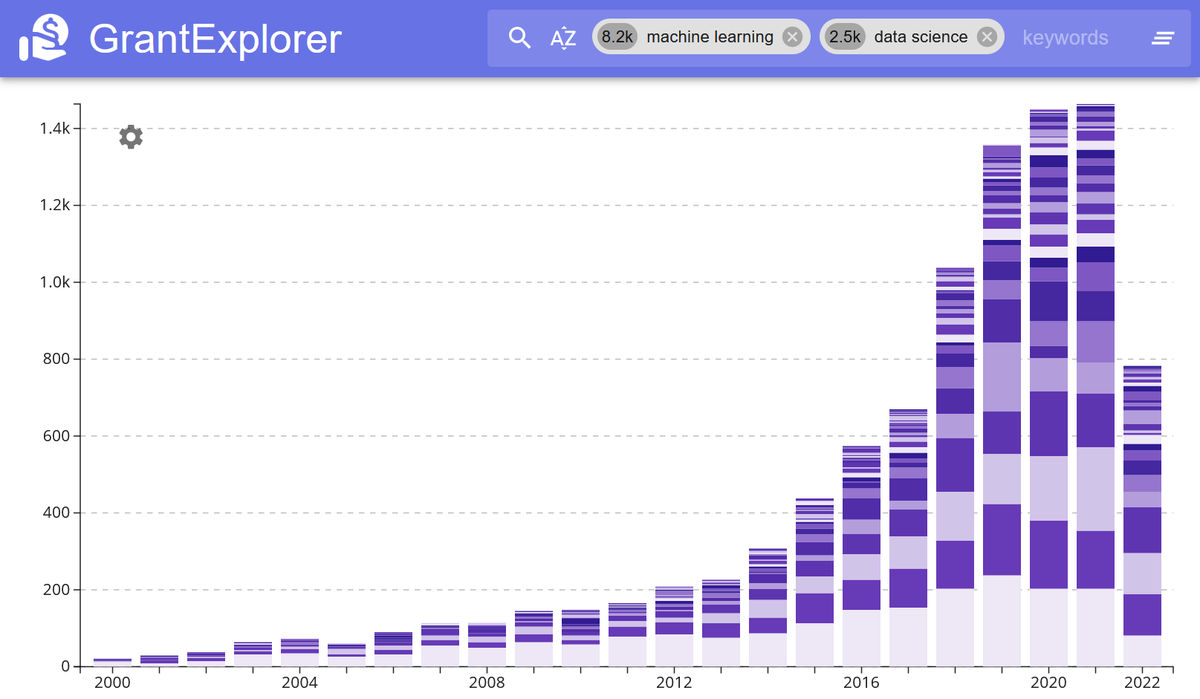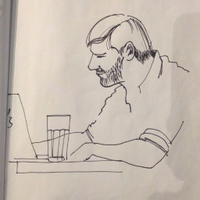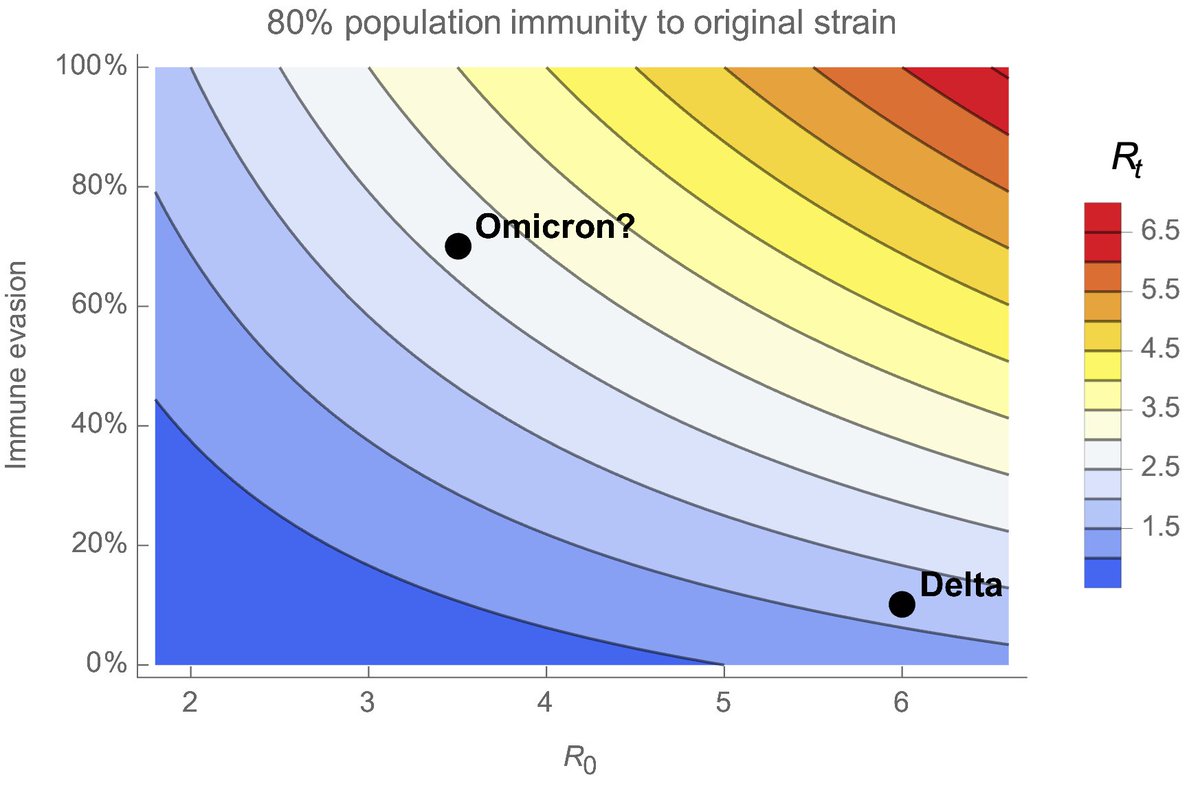
Ryan Seamus McGee
@rs_mcgee
Postdoc @WUSTL PhD @UW. How does selection shape info in genomes, networks, collectives? Eco-Evo-Info theory, CS, Neuro, Dynamics, Epi, Feathered dinos.
ID: 1199048606
20-02-2013 00:08:00
197 Tweet
3,3K Takipçi
532 Takip Edilen





Major release: Infomap 2.0 with regularized map equation – reveal flow-based communities in weighted, directed networks with incomplete data without overfitting. pip install infomap or git clone [email protected]:mapequation/infomap.git cd infomap make -j






The cost of information acquisition by natural selection biorxiv.org/content/10.110… From Ryan Seamus McGee, Olivia Kosterlitz, @kaznatcheev, Benjamin Kerr, and Carl T. Bergstrom See 🧵👇


Announcing a new tool for exploring federal grant data: GrantExplorer.org. With support from @Moorefound, Cole Chamberlin, Jason P & I built a tool for answering questions like, how much U.S. National Science Foundation funding has supported “data science”? Feedback welcome. grantexplorer.org




How does exposure to different hosts affect evolution of bacterial genes on mobile elements? In Molecular Biology and Evolution, Olivia Kosterlitz et al use barcode methods to compare adaptive landscapes across species & show alignment enables a form of adaptive “crowdsourcing”🧵academic.oup.com/mbe/article/40…

Now out in MBE! Fitness assays often involve barcoding, but barcode-dependent amplification bias can cause fitness misestimates. We present a method to detect/remove such bias with no changes to the exp. protocol. doi.org/10.1093/molbev… Ryan Seamus McGee Grant Kinsler Dmitri Petrov 1/2






